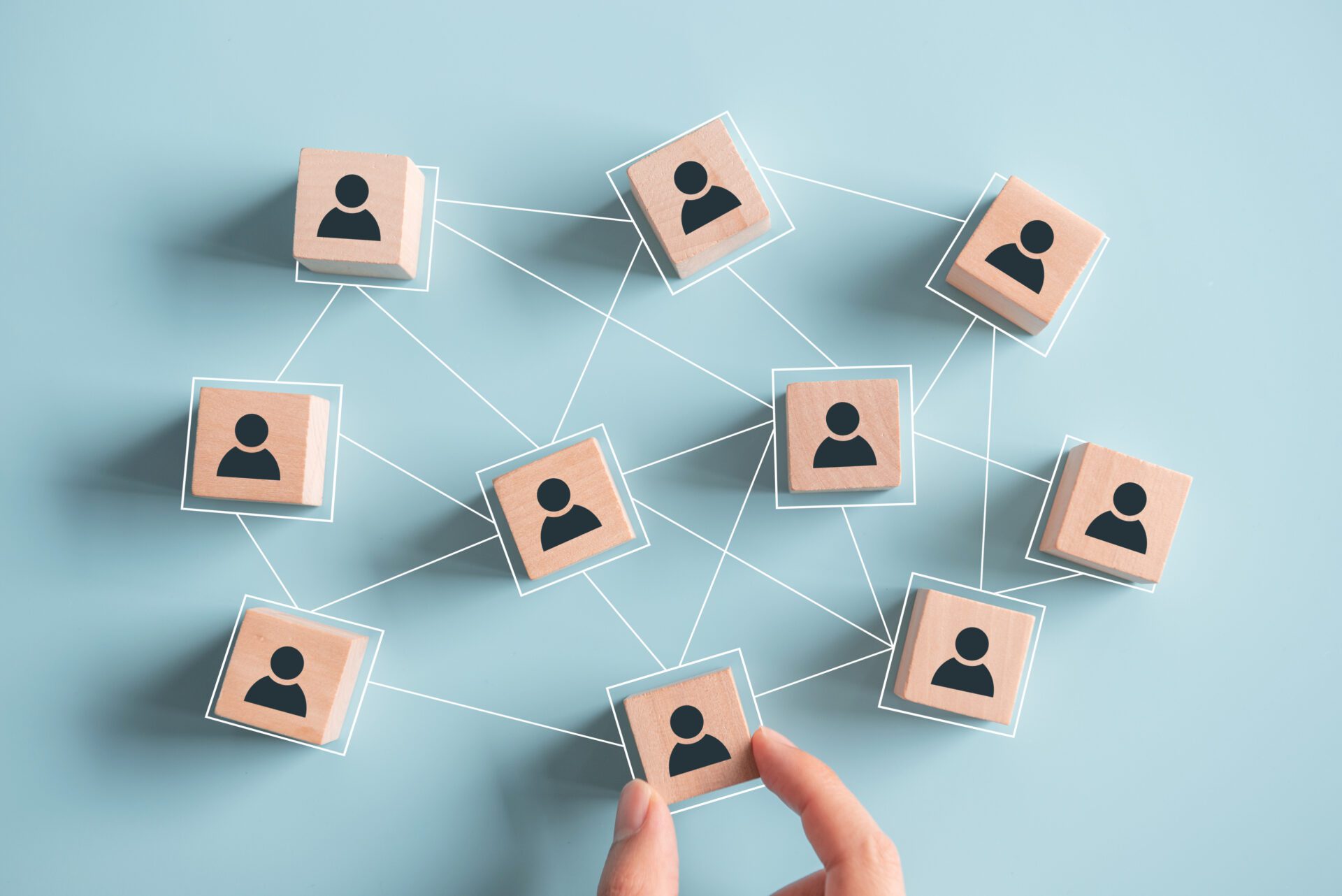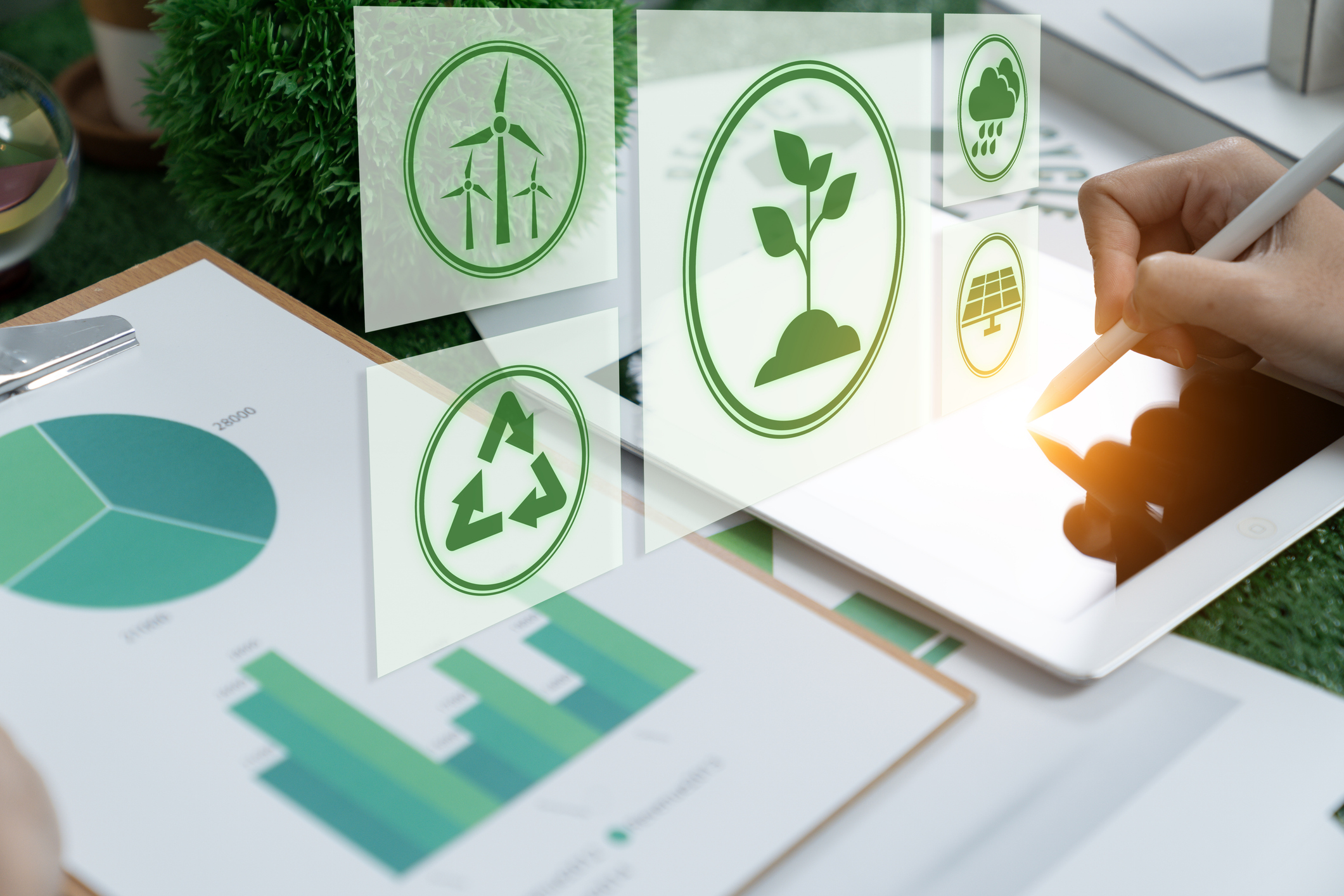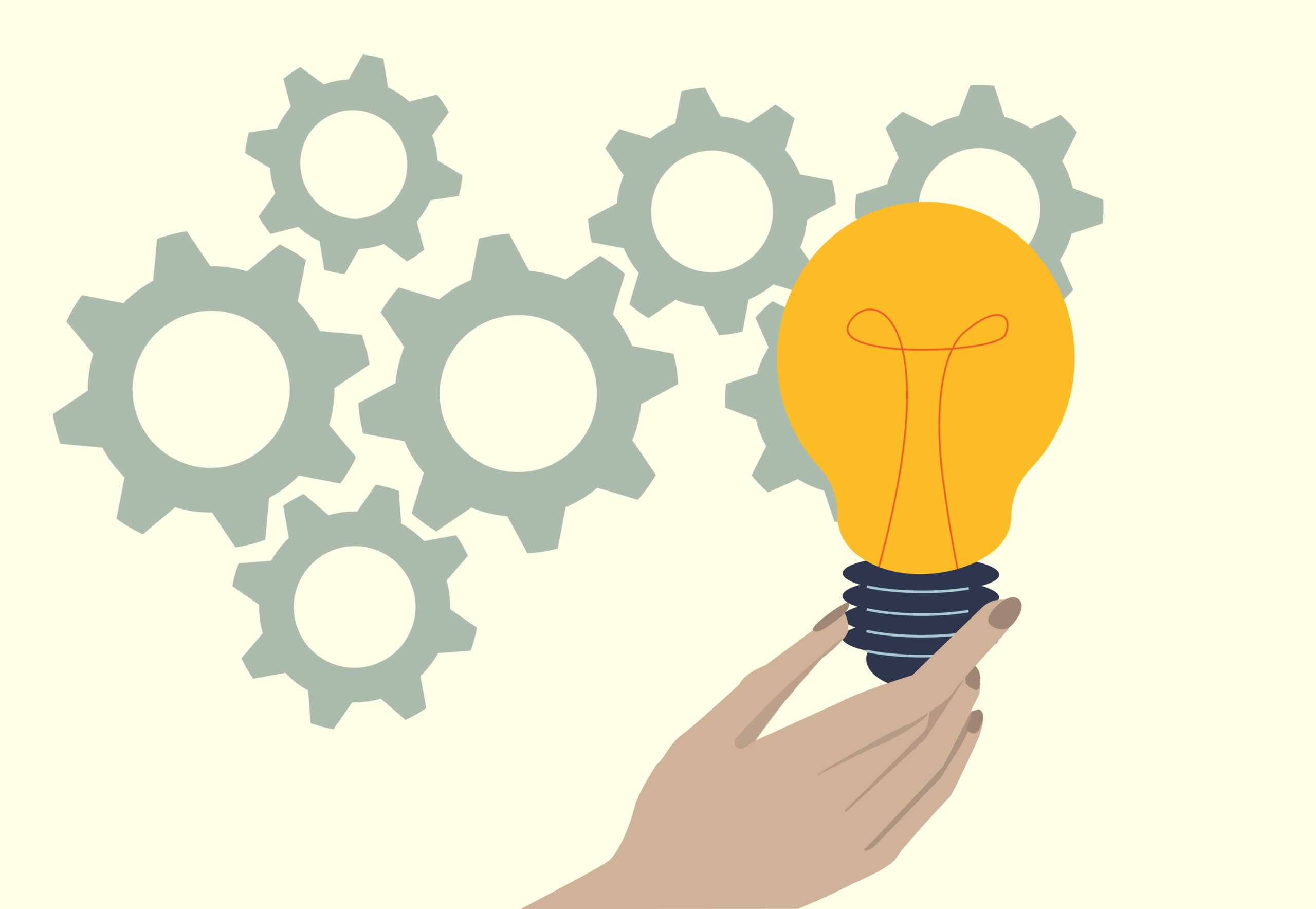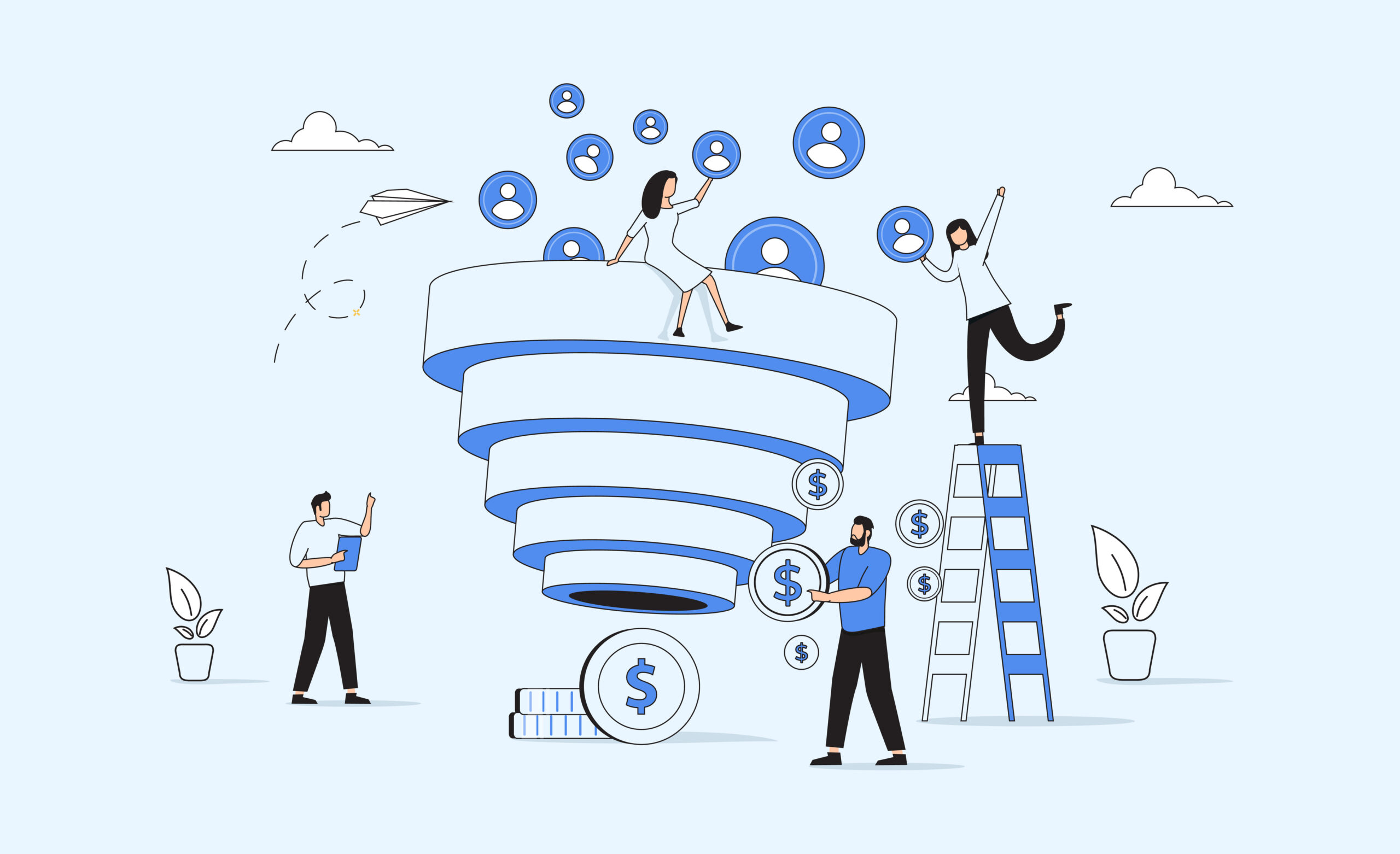Engaging customers can seem like an insurmountable challenge for some energy companies, given the nature of the industry. As a natural monopoly, customers are a guaranteed component of any operation, and, as such, outreach has proven sluggish over the decades. Still, improving upon customer engagement can lead to massive positive outcomes, including developing the rapport necessary for customer programmatic buy-in, enrollment, and participation. On top of that, studies indicate that happy customers can lead to increased revenue, while simultaneously enhancing the environmental, social, and governance (ESG) ratings that improve utility credit scores.
How can any utility enhance its customer service? A McKinsey survey published in 2021 shows that utilities have direct control over about half of the factors that drive customer satisfaction. Getting started with an improved customer engagement strategy might seem like a tall order, but could be easier than you might think. Read on to get some helpful tips on improving your customer experience.
Why Utilities Should Care About Customer Engagement
As we mentioned, customer engagement might not sound like a pressing issue in the energy industry. As long as you can deliver electricity with minimal interruptions, customers in your area won’t have any complaints, right?
In truth, increased customer engagement helps utility companies in several ways. When you get people more involved, your company should find that it can:
- Increase participation in demand response programs, which helps companies save money and reach government emissions goals. (Less than 10% of North American and Australian consumers participate, and that’s a big problem for energy companies.)
- Reduce customer complaints, saving money by reducing the number of hours dedicated to addressing customer service issues.
- Keep up with high expectations set by digitization in industries like entertainment and travel.
Additionally, today’s consumers have a growing number of options outside of traditional energy providers. For example, some communities choose to create their own co-ops. To do that, they typically buy electricity from a larger company, but it means utility companies can lose access to critical data that helps them forecast future energy production needs. In some cases, you can lose customers to innovative projects working toward self-sufficient communities.
Some households and businesses try to reach energy independence by generating their own electricity. Finding better ways to keep those customers engaged will help ensure that they remain connected to the grid, making it possible for you to benefit mutually by exchanging electricity and collecting data.
Finally, you want to improve customer engagement because dramatically reducing your carbon emissions improves your ESG rating and makes your company more appealing to investors. For an even higher ESG rating, embrace a just approach to the energy transition that addresses the outsized harm industries have done to marginalized communities.
As mentioned (but it bears repeating): Improving customer engagement for utilities makes it easier to reach regulatory demands, forecast demand, earn higher revenues, spend less money, and attract investment dollars.
Ways to Improve Customer Engagement
How you attempt to improve customer engagement will depend on your company, customers, and region. What works well in one area might not succeed elsewhere. Still, the following ideas offer strong options for getting customers more involved.
Treat Customers as Energy Partners
Your customers do more than consume the energy you produce or sell. For example, prosumers,—consumers who produce as much as they consume—generate their own electricity. The US Energy Information Agency (EIA) estimates solar accounted for about 3% of the country’s electricity in 2020. That might not sound like much, but it’s just the beginning of a trend that leads to decarbonization. The EIA says that solar will account for 5% of power in 2022, 14% in 2035, and 20% in 2050.
As more households and companies adopt solar power systems, start thinking about them as your energy partners. The next time your service area experiences increased electricity demand, such as an unseasonably hot spring day, you can recruit those energy partners to lower stress on the grid. For example, through the use of distributed energy resource management systems (DERMS), utility companies can combine otherwise disparate energy sources into a virtual power plant (VPP).
A virtual power plant replaces dirty and expensive fossil fuel-powered peaker plants by leveraging the excess solar energy over a conglomerated area. As this technology becomes increasingly available, utilities can employ VPPs to reinforce the grid during times of peak demand, strengthening the grid and lowering costly energy spending.
Treating your customers as energy partners also emphasizes their role in conservation. You rely on them to participate in energy efficiency programs. You get better results when you approach them as partners that want reasonable returns for joining your programs.
Gamify Engagement and Participation
Gamification makes engagement and participation more fun and exciting. For example, you could encourage participation by posting leaderboards that show which households have saved the most energy this month. Perhaps the top household wins a small prize on top of bragging rights.
You don’t necessarily need to create such an involved game, though. You can prompt people to push themselves a bit more by awarding them badges, points, and other rewards.
Use Existing Connections to Keep Customers Informed
You already have plenty of ways to communicate with your customers. You send them bills, newsletters, and notices. You might even send emails and text messages reminding them when their bills are due.
Make the most of those connections by trying to engage customers in your programs. An eye-catching graphic could do the trick for some people. A QR code with a message that says “Learn how to save money on your next bill” could work for others.
Maybe your next email newsletter includes a section that says, “Did you know you can check your area for outages? Click this link to learn more.” The next time a neighborhood loses power, some people will remember to use that resource instead of calling your customer service number, which puts an unnecessary burden on your staff.
It doesn’t cost anything extra to include these messages, so you should test ideas to see which ones get the most responses.
Encourage Customer Feedback
Digital communication makes it very easy for you to encourage customers to give you critical feedback that helps your business make smart decisions. You can circulate surveys via social media, emails, text messages, and your website. Their responses will show you what they expect from your company. Even when you ultimately decide that it makes more sense to choose a different route, you will have customer feedback that helps you craft a response that explains why you made your decision.
Keep surveys as simple and to-the-point as possible. For example, you might want to know what billing cycles customers prefer. In that case, you could distribute a question that asks, “Do you prefer getting your energy bill once a month or once every two months?”
Provide answers like:
- I prefer getting my bill once per month.
- I prefer getting one bill every two months.
- No preference.
- Other (explain).
This approach will give you insight into how often people want to pay their bills. Of course, some of your customers won’t care or will have a different idea. It’s unlikely that someone will present a billing model you haven’t considered, but people like the opportunity to express themselves. You can count all of the “Other” responses as a single data point and let the first two responses drive your decision.
Customer Engagement Conclusion
Knowing how to increase customer engagement will only become more important over the next several years as governments realize that they must take dramatic action to prevent climate change’s “worst-case scenario.” In fact, the market shows that people are investing in DERs and EVs like never before; tech disruption is already here and will only increasingly complicate the grid. Fortunately, by utilizing these assets through novel demand flexibility programs, virtual power plants, or managed charging, utilities can lower their own energy spending, strengthen the integrity of the grid, and increase the customer satisfaction needed to connect with your community. Now is the right time to reach out to them and show how everyone benefits from getting more involved.





